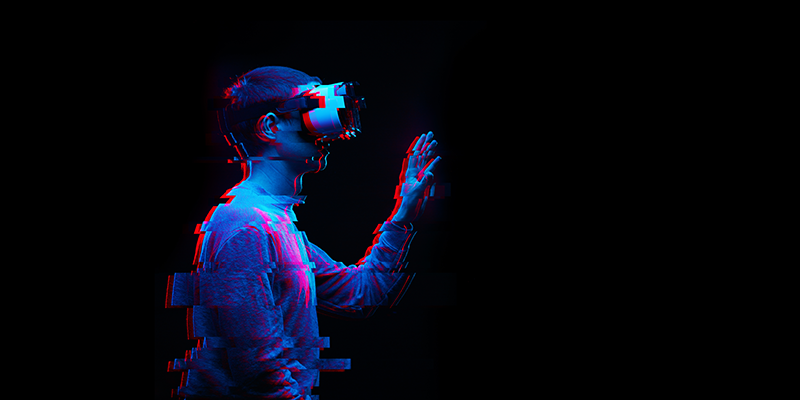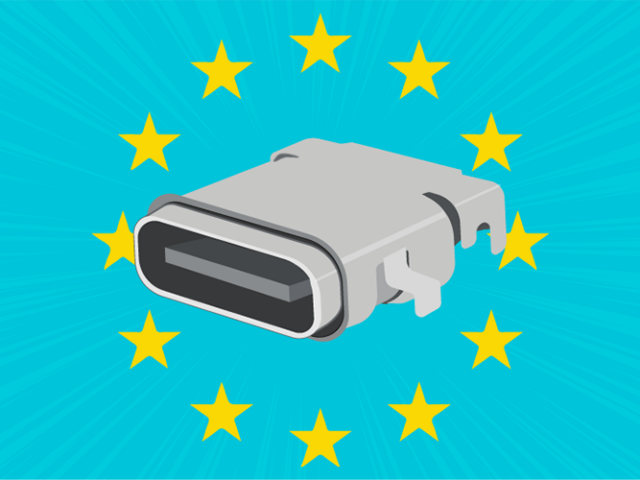Student, Yasir Alvi explains the basics of virtual reality and augmented reality.
Virtual reality (VR) is a computer-generated simulation of an alternate world. It is mostly employed in 3D movies, 3D gaming systems, and also in training aids. It uniquely creates simulations similar to the real world and thereby immerse the viewer using sensory devices like headsets and gloves.
Augmented reality (AR), is a sandwich of the digital world and reality to create an artificial environment. For about two decades, augmented reality is used to blend components into the real world. For instance, AR technology helps to display score overlays on real-time sports games and abrupt pop out of 3D photos.
How does virtual reality work?
The focus of VR is on simulating the vision. The user needs to put on a VR headset screen, which also helps in eliminating any interaction with the real world. Two lenses are placed between the screen of the headset, which gives the user the comfort to adjust its eyes based on the individual movement of the eye and its positioning. HDMI cable connected to computer system or mobile phone renders the visualisations on the screen.
Virtual reality also employs visual, auditory, and touch (haptic) stimulation, so the viewer will feel immersed in the created reality. Other tools used to aid VR are speakers and handheld wearables.
How does AR works?
AR makes of use depth tracking and mapping, and then computer vision to show the expected alternate reality to the user. This model creates a reception pathway for cameras to collect, process, and send data to show digital content of what any user is watching. The user’s physical environment is enhanced with contextually relevant digital content in real-time.
You can experience AR with special computer systems or your smartphone.
As we can see, the use of AR and VR are fascinating, let’s take a look at their benefits.
Benefits of virtual reality
- Immersive learning and interactive environment
- Increased workability
- One of the most important advantages of VR is that it helps you to create a realistic world so that the user can explore the world
- In education training and learning, VR is employed as a near-reality visual tool
- It presents an artificial environment for the user to experiment with
Benefits of augmented reality
- Individualised learning and enhanced learning process
- Diverse fields of application
- Open for innovation
- Increase accuracy with options for varying times
- Offers increase in user knowledge and information
- It’s a channel for games developers to create a “real” experience for the user
Applications of virtual reality
- VR technology is used by developers to enhance the fictional reality quality of real-world games.
- Military flight and battlefield simulations: VR is employed for training and texting military personnel for real-life action.
- In sports VR technology systems are used as a digital training device, to measure sportsmen’s performance, as well as analyse their techniques and tactics.
- It has helped in treating PTSD and other mental health illnesses
- VR technology helps in solving the psychological issue by creating a safe environment for patients to come into contact with things they fear.
- Medical students use VR technology to practice new or enhanced medical procedures
Applications of augmented reality
- AR technology applications are used to embed text, videos, photos/images
- Industrial printing and advertising: companies now use AR applications to display digital content
- Translation applications: AR helps to interpret the text from and to different languages
- Television broadcasts: AR is used for real-time transmission of events
- 3D games: AR has been used to develop 3D real-time games
Working together
AR and VR can work together. They can be sandwiched to provide an improved, more real, and engaging experience. The user is immersed in a fictitious world with interaction with reality and the virtual world.




